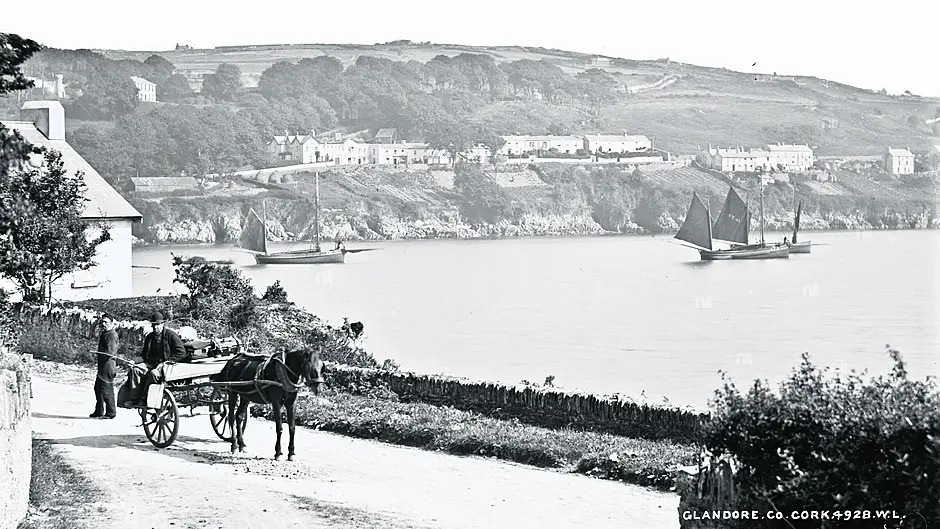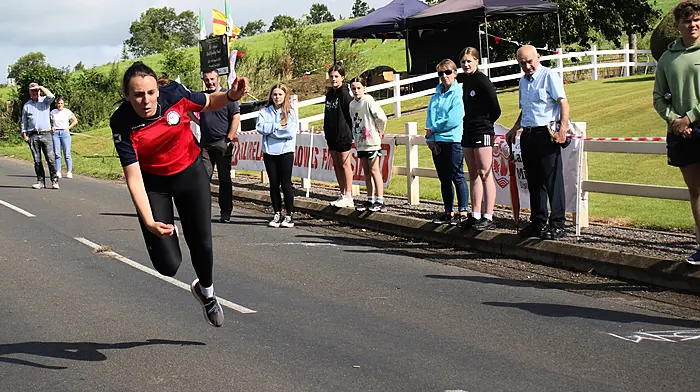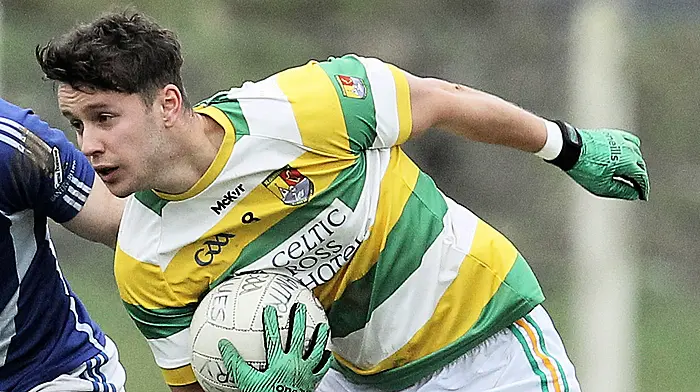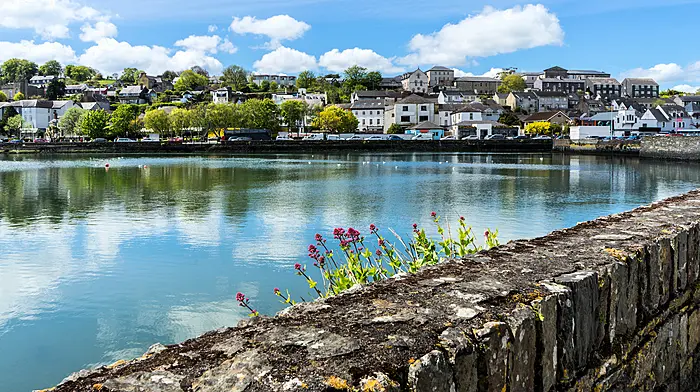West Cork’s popularity as a holiday hotspot isn’t new. A UK bishop travelled here in the summer of 1758 and wrote of the generosity of Cape residents, the beauty of Castlehaven and romantic Roaring Water Bay
BY ROBERT HUME
DESCRIPTIONS of glorious views and beautiful harbours, tumbling waterfalls and ancient castles, as well as remarkable opportunities for fishing and swimming, pubs in romantic spots … it must be Fáilte Ireland, encouraging us to motor along the Wild Atlantic Way this summer?
Nope, it’s Southampton-born Richard Pococke, Bishop of Ossory, who explored southwest Ireland on horseback, in the summer of 1758.
His travels, during July and August that year, are recorded in nine letters penned to his sister, Elizabeth, preserved in the Bodleian Library in Oxford, and published by the Cork Historical and Archaeological Society.
Pococke had already recorded at length his trailblazing investigations of the Middle East, Egypt, and the more remote parts of the Swiss Alps. When the 54-year-old churchman ventured into West Cork with a band of outriders on July 14th 1758, he showed a similar eye for detail – although some of his spellings were of the time, and seem out of kilter these days.
At Innishannon, his attention was immediately captured by a small colony of French workers weaving linen and cotton. Next day, after crossing at the ferry, he rode down to the Old Head, where he noted the lighthouse and ‘a great number of seals.’
We are introduced to the prelate’s taste for fish when he says that Timoleague Bay is famous for large plaice.
Nearby, at Durwarta Head, a fleet of 50 to 60 American ships present a ‘very fine sight’. Having stopped to admire the ‘remarkable’ stone circle at Templebryan, he reached Clonakilty, describing it as ‘the best market town to the west of Kingsale.’
On 20th July Pococke arrived in Rosscarbery, which he described as ‘pleasantly situated’ on a hill above several fascinating sea caves, before he added: ‘This place is said to have been anciently a famous university in which St Brendon was a professor.’
Riding westward, he glimpsed Glandore Harbour: ‘The sight is most beautiful, like a large lake.’ Nearby, another wonder: the rushing waterfalls at Leap. One fine evening, a trot around Skibbereen left him wanting more. ‘The country on both sides is well cultivated under corn between the rocks cover’d with furze, and the uneveness of it adds to its beauty.’
A climb to the top of Knockomagh Hill rewarded him with a stunning view of several ancient castles, Lough Hyne, ‘a remarkable place for swimming,’ and Baltimore Harbour, ‘which has great plenty of fish at all times and oysters always in season.’
The abundance of fish tickled his fancy again at Crookhaven, where he witnessed boats going out in the evening to catch mackerel and turbot, lobsters and crabs.
Pococke spent considerable time exploring the islands, mentioning 10 by name. He recorded that every islander fishes, and notes ‘palaces’ where herring, hake, ling and cod are cured and barrelled.
In Cape Clear he saw a magical lake full of soft worms that could make spotless the filthiest pot or pan dunked into it. The inhabitants, he claimed, are ‘the most hospitable, generous people in the world … extremely ready to show any civility and give all kind of assistance to strangers.’
Their only vice is drinking spirits, ‘which they do excessively,’ some slugging back a gallon a day. Any revenue officer who dared to set foot there risked a ‘knocking’ over the head and a ‘putting under a turf.’
The bishop was a great nature lover and an enthusiastic collector of wild flowers. He referred to fields ‘cover’d with’ golden corn, and frequently stopped to take specimens. When he eventually reached Mizen Head, he picked elecampane, marsh mallows and London Pride.
Riding back on 25th July, he dismounted to admire Ballydehob River. Further on, a public house nestling over Roaring Water Bay lay in ‘one of the most romantic situations’ he had ever witnessed, while above Castlehaven Harbour, ‘one of the most beautiful I have seen’, he marvelled at a bowling green, mulberry trees, and figs that ‘thrive exceedingly.’
From Drimoleague, he took ‘an exceeding fine road’ to Bantry – skirting a ‘beautiful woody glin,’ a ‘fine lough’, and the remains of a Druid temple.
Bantry Bay, ‘the finest sight of the kind I ever saw in my life’, appeared before him ‘like a long lake’, while Bantry town ‘is the best on the coast to the west of Kingsale,’ being enriched by ‘a clandestine import of French Brandy and rum.’
Two more treats lay in store as he cantered away from Bearhaven and headed toward Co Kerry on August 5th. Near Adrigole Harbour, the sensational Mare’s Tail Waterfall – Ireland’s highest – left him spellbound. Later, he sampled water from a chalybeat spring but it tasted like sulphur – perhaps the only disappointment during the whole of his West Cork tour!
Motorists today can complete the journey, through Glengarriff to Milltown, in an hour and three-quarters.
Back in 1758 Bishop Richard Pococke and his horse liked to linger. Indeed, it seems to have taken them around a week, with numerous digressions – to catch salmon, and pick those precious specimens!










